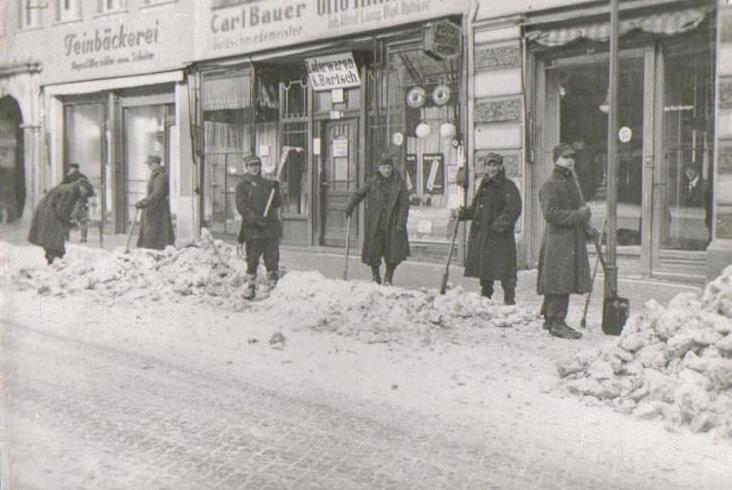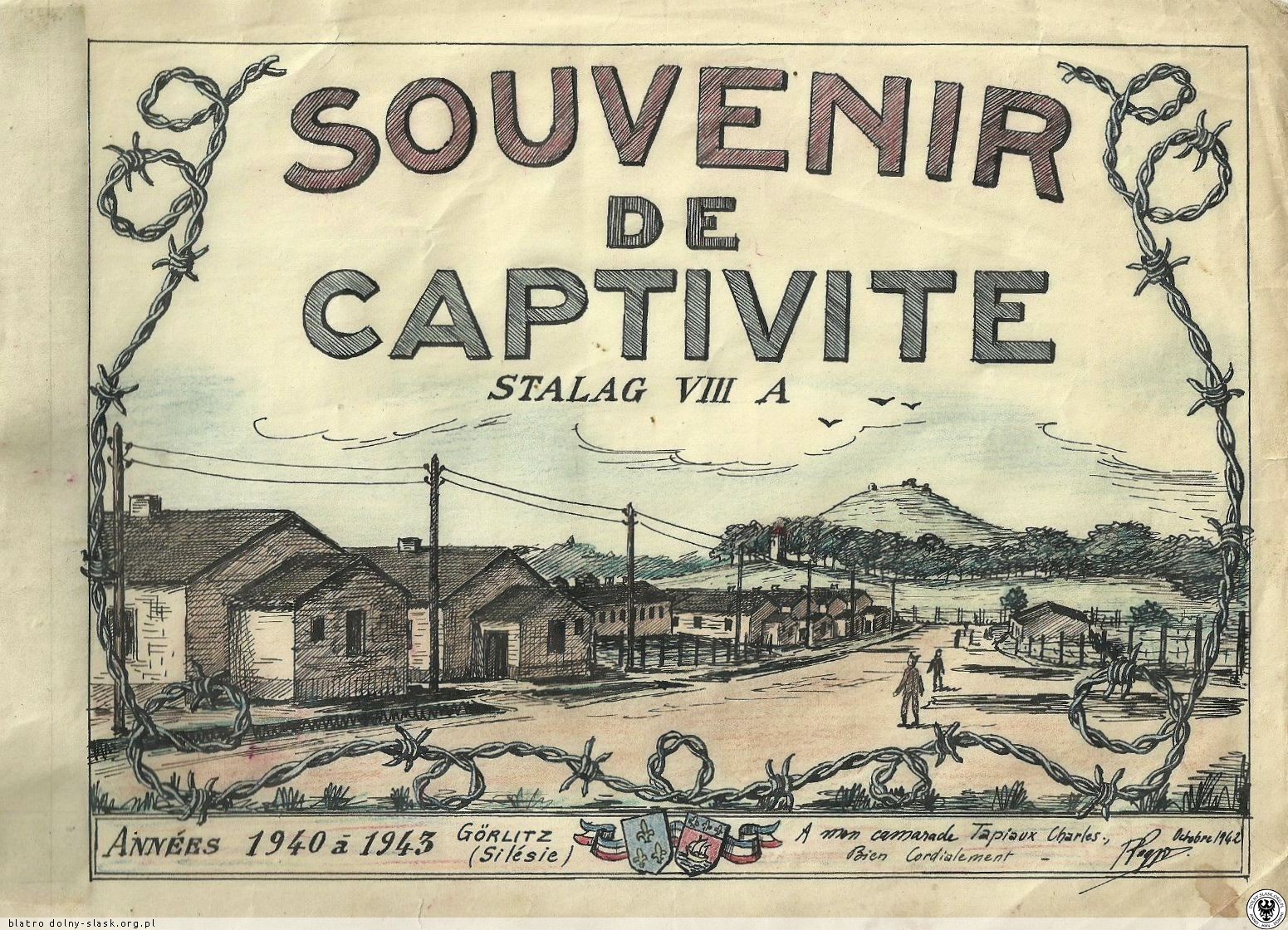Establishing a system of POW camps was an important part of the Third Reich’s effort to prepare for the impending conflict. Official bodies and institutions responsible for the proper infrastructure, transport, coordination and administrative work were established as early as 1938. Special courses were launched for military officers concerning the management of camps, regulations were prepared to define the tasks, reporting lines and allocate responsibilities. Although the German Reich ratified the Geneva Convention of July 1929 on the treatment of prisoners of war in August 1934, it was assumed in advance that some of its provisions would not be followed. The aim was to acquire labour force consisting in the future POWs, also for the arms industry. A list of possible violations of international law, which in particular prohibited the use of prisoners of war for the production and transport of arms and ammunition of all kinds, was even drawn up, although in great discretion, in order to prevent the enemy from similar practices. In the spring of 1939, all organizational matters related to the functioning of the POW camps were already settled in detail. Only the relevant bodies and persons responsible for mobilisation were aware of them.


Most of POW camps in the Reich were supervised by the Office for Prisoners-of-War, which was part of the Wehrmacht’s General Command. The German Reich was divided into Military Districts, each with a position of POW commander assigned to the camps in respective administration. Camp identification numbers were associated with the Military Districts’ marking system: it consisted of a Roman number – specifying the Military District where the camp was located, followed by a capital letter – denominating the order of establishment, and finally the location. POW camps existing outside the Reich were marked with Arabic numbers.
Throughout the history of warfare, it has been privates and other low-ranking soldiers that made up the largest proportion of prisoners. For them, the Germans set up the so-called Stalags (Kriegsgefangenen-Mannschaftsstammlager), while officers were kept in Oflags (Offizierslager). Also established were Dulags, i.e. transit camps (Kriegsgefangenen-Durchgangslager), front Stalags located in operational areas beyond the Reich, or camps designed to prepare prisoners for “repatriation” (Kriegsgefanegenen-Heimkehrlager, Heimlag); the last type was to hold soldiers who were either seriously ill, or meant for release due to other reasons, or those subject to exchange. The Luftwaffe resorted to its own system of POW camps, subject to local command units, called the StalagLuft. The German navy on the other hand (Kriegsmarine) kept their own camps (Marlag), yet these were Wehrmacht sub-camps without separate structure. POW camps were mostly organised in garrison locations or in proximity of training grounds, as the presence of the military was considered crucial.

